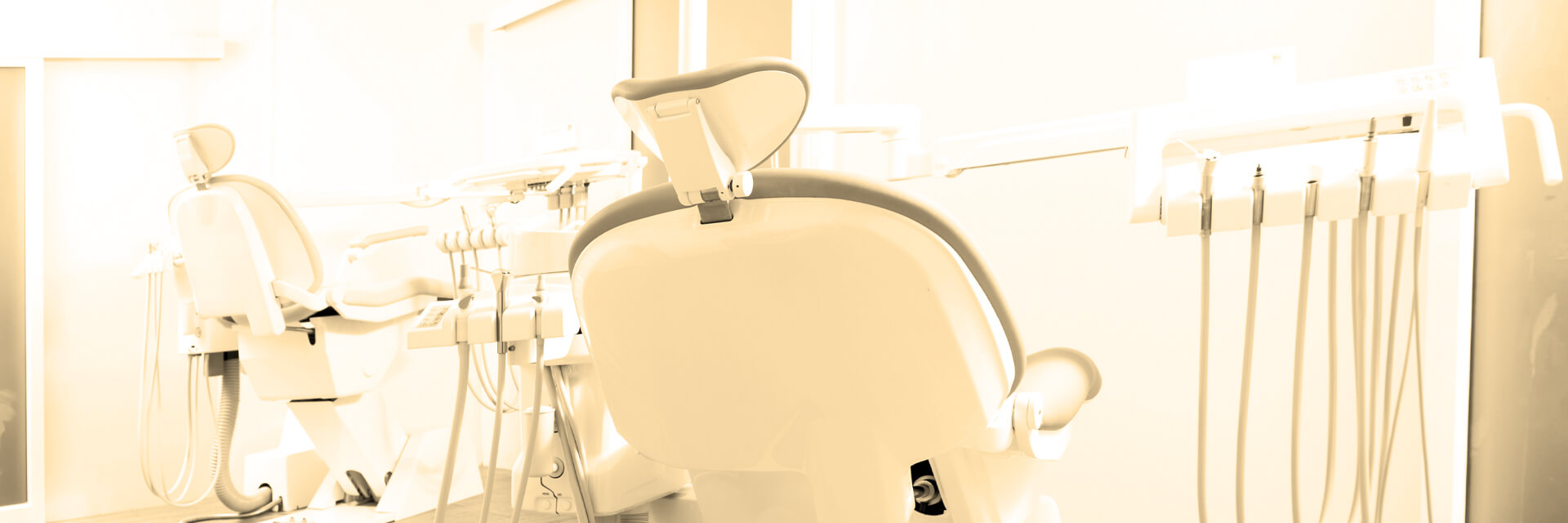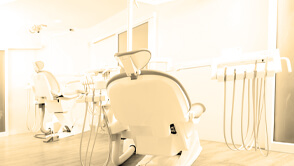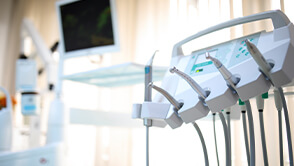
How to Pass a Surprise OSHA Inspection with Flying Colors
- Published
- Mar 5, 2021
- Share
Dr. Fayad is a Massachusetts-based dentist who decided he wanted to save a bit on his medical disposal costs. He ordered his Beverly, MA staff to remove the protective caps from needles before placing them in disposal containers (presumably to cut back on bulk). Rightfully so, one of his employees became concerned about the well-being of herself and her coworkers, and brought her concerns to the doctor. He dismissed those concerns.
She took the issue one step further and reported it to OSHA, which in November of 2010, appeared at the practice and conducted an inspection of the office. She was fired that day. She sued, and Dr. Fayad was later ordered by a judge to pay $85,000 to the employee for back wages and compensatory damages.
You might read that story and assume that prevailing offense was the firing of the employee. You might even think it was the doctor deciding to take a shortcut around proper sharps disposal. In either case you’d be wrong.
The major mistake here was treating OSHA requirements as if they were simply an inconvenient collection of regulations and inspection checklists. OSHA requirements actually help you build a base-level safety plan for your practice. Any truly effective plan will extend from a general attitude of concern for the well-being of both your staff and your patients while they’re present at your facility.
Below is a list of recommendations to get your practice up to speed. We’ve broken the recommendations down into areas of impact so that you can more easily assess how you would fare if a surprise OSHA inspection happened today.
Education and Information
- Stay current on OSHA regulations. You can do this by taking a class or working with someone trained in handling OSHA violations and maintaining compliant environments.
- Know your state’s OSHA plans. Twenty-five states (and two territories) have their own, so there’s a good chance you may need to know more than the federal requirements.
- Know the Bloodborne Pathogens Standard. This includes a working understanding of hepatitis B vaccine requirements and post-exposure incident guidelines.
Office/Facility
- Maintain your chemical inventory list and safety data sheets. Keep them current. The safety data sheet must be kept for 30 years after the last date of use.
- Label products that have been removed from their original packaging.
- Make sure all medical and dental devices are FDA approved. Also make sure all disinfectants are registered by the EPA.
- Display current posters. This includes federal posters, signs, forms, logs, and labels.
- Monitor, test, and document. This includes eyewash stations, nitrous, fire extinguishers, dental unit water lines, first aid/medical emergency supplies, radiation, and other equipment.
Employees
- Choose a reliable person as your dedicated OSHA employee. This person will be responsible for OSHA compliance at your office or facility.
- Train new and existing employees. Be sure that all new employees receive documented training on OSHA violations and that existing employees are trained annually. Keep those records for three years.
- Protect your people. Employees should be provided with all necessary personal protective equipment (PPE) at no cost. They should also be trained on use of that equipment.
- Provide emergency supplies and equipment. After supplies are provided, they should be documented and inspected monthly.
- Maintain employee medical records. Store these securely and keep them for at least 30 years after the last day of employment.
Planning And Emergency Preparation
- Keep your compliance manual updated and accessible.
- Follow the CDC’s "Guidelines for Infection Control in Dental Health Care Settings." Create and implement a written infection control plan.
- Hold monthly safety meetings. Document topics covered and staff attendance. Depending on where you’re located and the size your practice, you may need a standing committee.
Keep in mind that the penalties after an incident are impacted greatly by your office’s adherence to OSHA regulations. These guidelines are just a start, but a proactive approach to creating an OSHA inspection checklist can help lessen the impact in the case an incident does occur.
Contact EisnerAmper
If you have any questions, we'd like to hear from you.
Receive the latest business insights, analysis, and perspectives from EisnerAmper professionals.






